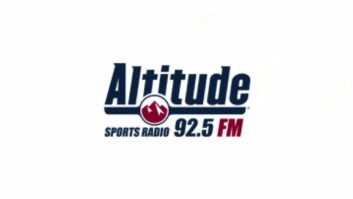FM in Cell Phones Back-door Mandate
Sep 1, 2010 12:00 AM, By Chriss Scherer, editor

In early August, the NAB published its ideas on proposed terms for the ongoing debate about performance royalties for terrestrial radio stations. The organization has been fighting the performance royalty issue for some time. The NAB had been fighting by opposing any performance royalty; however, that stance has been softened to include some compromise in the station payment terms.
But there was one item in the list that stuck out. In the list of terms was a stipulation that Congress should mandate the inclusion of FM radio receiver chips in all cell phones. This is another issue the NAB has been pushing for some time, but now it is being attached to the performance royalty debate. It didn’t take long for this to be noticed in other industries.
The FM receiver inclusion is OK with the RIAA, who is part of the royalty discussions with the NAB. With the NAB conceding on paying something to the record labels, the trade-off of having a radio in every cell phone sounds like a fair trade. Stations pay more for the music they play, but stations also get a significant boost in the number of radio receivers being carried everywhere.
Up until now opposition to the inclusion of FM receivers in cell phones has been mild. But now that it’s tied to the royalty issue, the Consumer Electronics Association and CTIA are furious.
One of the selling points for adding the receiver is that it has an inherent public safety benefit. Most people carry their phones all the time, and when an emergency hits, they can use the radio feature to get information. In times of crisis, the cell phone networks tend to be overloaded and are not reliable. The public safety aspect seems to fit with the Commercial Mobile Alert System mandate already in place.
The tech industry cry is that the FM chip mandate is not about public safety but is instead about “propping up a business [that] consumers are abandoning as they avail themselves of new, more consumer-friendly options.” The opponents go on to say that “It is simply wrong for two entrenched industries to resolve their differences by agreeing to burden a third industry — which has no relationship to or other interest in the performance royalty dispute — with a costly, ill-considered and unnecessary new mandate.”
The NAB issued a reply noting that other countries have added radios to cell phones, 239 million Americans tune to terrestrial radio every week, and seven million new radio listeners were added last year.
Is a radio a wanted feature in a cell phone? I could not track down a statistic, but if it was strongly desired I think it would have been added already. Would an analog FM receiver be a huge drain on power and add weight and cost? It would add to the power demand, but not very much. FM receivers are much more common in GSM phones outside the Unites States, so it’s not a significant design issue. Now if the receiver has to include HD Radio, there are other issues.
The biggest advantage would be to provide instant-on emergency alerting, which is something that has been lacking in every consumer device except a weather radio.
The overall idea of adding a radio receiver to cell phones has merit. Unfortunately, the back-door deal from the NAB and RIAA has not made it a popular idea for those who would be forced to implement it.
What’s your opinion? Send it to [email protected]











